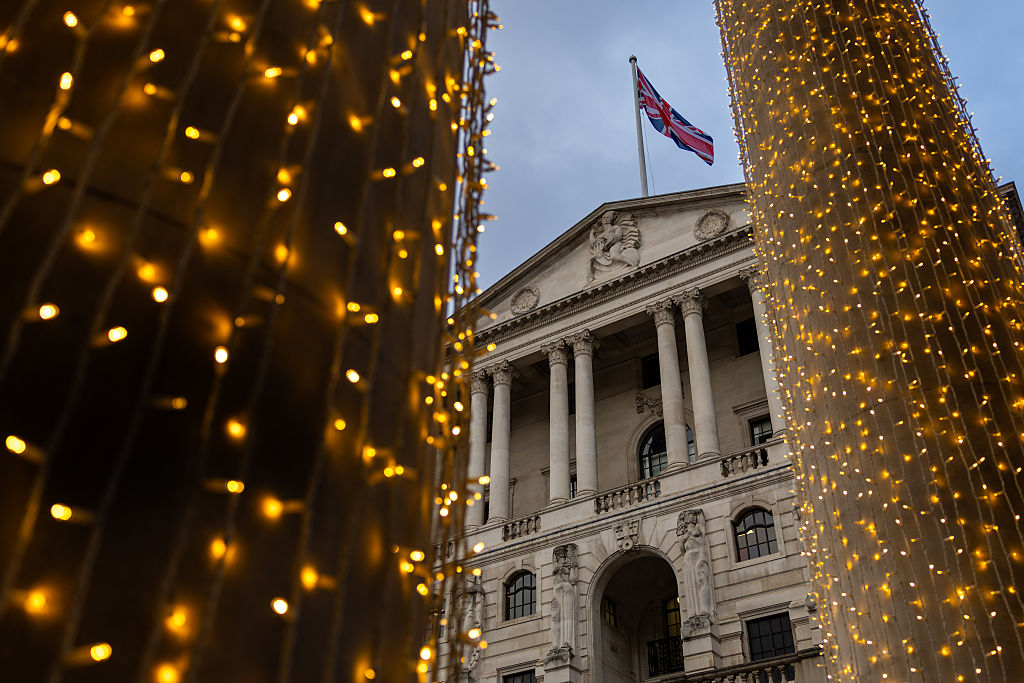Trump takes on Twitter
Donald Trump's row with social-media giants is another sign that Big Tech may face a regulatory and political clampdown. Matthew Partridge reports


It has been a “momentous week” for social media, says Tae Kim on Bloomberg. Twitter’s shares slumped by 9% after the company decision to regulate some of President Donald Trump’s “most controversial posts” sparked a “backlash” from the president.
After Twitter added a fact-check warning label to two of the president’s posts about voting by post, Trump insisted he would “strongly regulate or close” social-media platforms. He then signed an executive order that “seeks to limit some of the broad liability protection social-media companies have under federal law”.
Trump is targeting Section 230 of the Communications Decency Act, says Charlie Savage in The New York Times. This prevents social media being sued for libel by stating that it “will not be treated as the publisher or the speaker for making others’ posts available”.
MoneyWeek
Subscribe to MoneyWeek today and get your first six magazine issues absolutely FREE

Sign up to Money Morning
Don't miss the latest investment and personal finances news, market analysis, plus money-saving tips with our free twice-daily newsletter
Don't miss the latest investment and personal finances news, market analysis, plus money-saving tips with our free twice-daily newsletter
It also means social-media firms can’t be sued for making “good faith” decisions to remove or restrict posts they deem “obscene, lewd, lascivious, filthy, excessively violent [or] harassing”, even if such material is constitutionally protected. Trump’s executive order argues that if they remove posts in “bad faith”, they should lose their immunity.
Twitter’s shareholders shouldn’t panic, says David Smith in The Guardian. “[The] bark of [the] executive order is likely to be worse than its bite.” The courts look set to rule that a change in the law would require an act of Congress. What’s more, Trump’s “dependence” on social media means he can’t go too far (or even quit Twitter) since he could end up losing one of the key platforms of his presidency.
Facebook takes a different approach
Ironically, Twitter’s rival, Facebook, is under fire for taking the opposite approach to Trump’s posts, with employees staging a “virtual walkout”, says Deepa Seetharaman in The Wall Street Journal. It took place in response to Mark Zuckerberg’s decision to leave up a post from Trump about recent social unrest that many say “violated the company’s rules about inciting violence”. While Zuckerberg said he found it “deeply offensive”, he argued that it was better to leave it up in order “to have this discussion out in the open”.
Both companies may not be in any imminent danger, but in the longer run some sort of regulatory change may be on the cards, says Lex in the Financial Times. After all, Trump’s opponent, Joe Biden, has also called for Section 230 to be changed. He wants social media “to be more responsible for misinformation”.
Such cross-political support for change “could push Congress into greater scrutiny of the law”. If this happens, then all social-media companies could either be obliged to “limit publication to a far smaller group of users”, which would hit advertising, or “monitor everything that is posted on their sites”, requiring a “huge increase in headcount”.
Get the latest financial news, insights and expert analysis from our award-winning MoneyWeek team, to help you understand what really matters when it comes to your finances.

-
 What are my retirement income options?
What are my retirement income options?We’re all told to save into a pension, but there’s widespread confusion about how to take an income from our savings and investments at retirement, a new study has found. We look at your retirement income options.
-
 UK interest rates: will the Bank of England lower rates?
UK interest rates: will the Bank of England lower rates?The Bank of England’s Monetary Policy Committee’s (MPC) final interest rates meeting of the year takes place tomorrow (18 December) and most experts expect a cut
-
 Halifax: House price slump continues as prices slide for the sixth consecutive month
Halifax: House price slump continues as prices slide for the sixth consecutive monthUK house prices fell again in September as buyers returned, but the slowdown was not as fast as anticipated, latest Halifax data shows. Where are house prices falling the most?
-
 Rents hit a record high - but is the opportunity for buy-to-let investors still strong?
Rents hit a record high - but is the opportunity for buy-to-let investors still strong?UK rent prices have hit a record high with the average hitting over £1,200 a month says Rightmove. Are there still opportunities in buy-to-let?
-
 Pension savers turn to gold investments
Pension savers turn to gold investmentsInvestors are racing to buy gold to protect their pensions from a stock market correction and high inflation, experts say
-
 Where to find the best returns from student accommodation
Where to find the best returns from student accommodationStudent accommodation can be a lucrative investment if you know where to look.
-
 The world’s best bargain stocks
The world’s best bargain stocksSearching for bargain stocks with Alec Cutler of the Orbis Global Balanced Fund, who tells Andrew Van Sickle which sectors are being overlooked.
-
 Revealed: the cheapest cities to own a home in Britain
Revealed: the cheapest cities to own a home in BritainNew research reveals the cheapest cities to own a home, taking account of mortgage payments, utility bills and council tax
-
 UK recession: How to protect your portfolio
UK recession: How to protect your portfolioAs the UK recession is confirmed, we look at ways to protect your wealth.
-
 Buy-to-let returns fall 59% amid higher mortgage rates
Buy-to-let returns fall 59% amid higher mortgage ratesBuy-to-let returns are slumping as the cost of borrowing spirals.